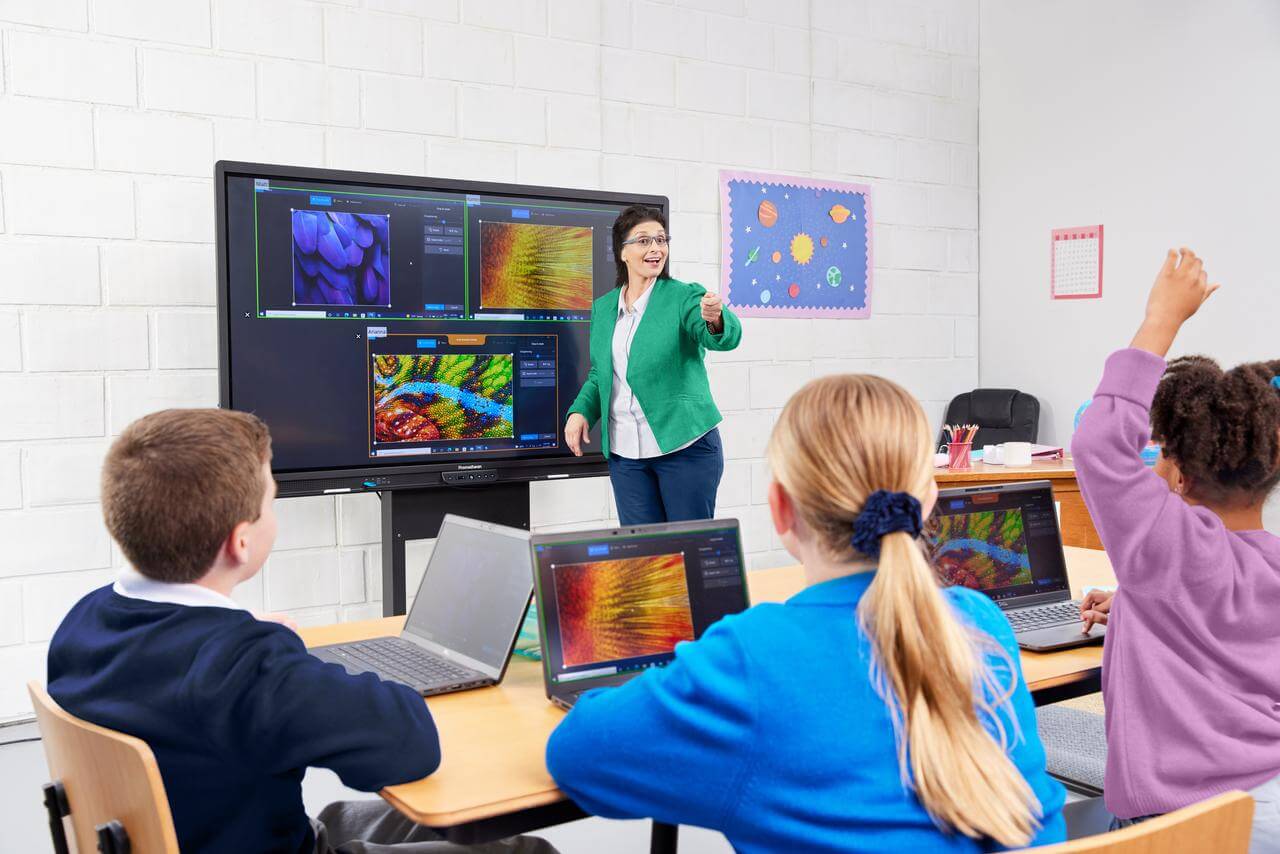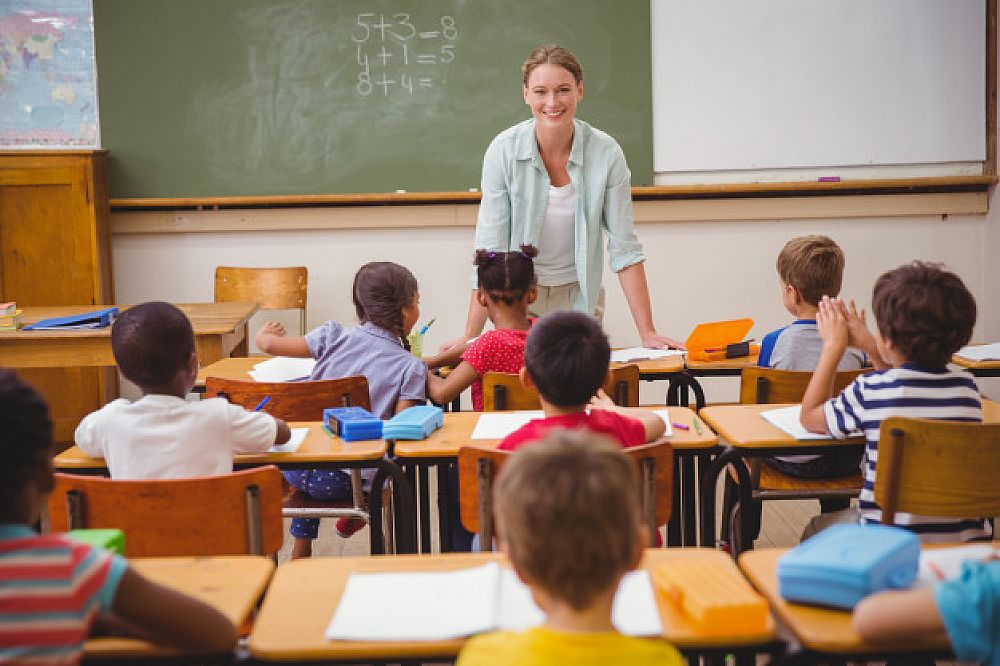Personalized Primary Science Tuition Singapore to Cater to Your Child’s Needs
Wiki Article
A Comprehensive Guide to the Different Discovering Techniques in Main Science Guideline
The exploration of diverse discovering methods in main scientific research guideline presents a chance for teachers to boost pupil engagement and comprehension dramatically. By analyzing hands-on discovering strategies, inquiry-based strategies, and collaborative techniques, we can determine effective methods that provide to various learning styles.
Hands-On Discovering Methods
Hands-on knowing strategies play an essential duty in primary science direction, involving students in energetic exploration and trial and error. These methods enable learners to engage straight with products and sensations, cultivating a deeper understanding of scientific concepts. By using manipulatives, designs, and real-life experiments, teachers produce an atmosphere where trainees can observe, hypothesize, and evaluate their ideas.Such methods not only improve comprehension but also cultivate crucial reasoning and analytic abilities. When trainees take part in activities like building simple machines, growing seeds, or performing chemical reactions, they are motivated to ask questions and seek solutions with their own observations. This experiential method helps to debunk complex scientific concepts, making them a lot more obtainable and relatable.
Moreover, hands-on knowing promotes cooperation amongst peers, as students usually operate in groups to perform experiments or share findings. This team effort not just enhances their learning experience however additionally establishes important social abilities. Ultimately, incorporating hands-on strategies in main scientific research direction fosters a long-lasting love of knowing and curiosity concerning the environment, laying a solid foundation for future scholastic pursuits in science and past.
Inquiry-Based Knowing
Inquiry-based understanding is a training approach that motivates students to ask concerns, explore phenomena, and build their very own understanding of scientific ideas. This approach changes the emphasis from typical teacher-led direction to an extra student-centered experience, where learners take the effort in their instructional trip. By cultivating interest, inquiry-based learning promotes deeper involvement with the product, allowing trainees to check out subjects in a meaningful context.In method, this technique frequently includes hands-on experiments, monitorings, and essential reasoning tasks that align closely with the scientific technique. Trainees are motivated to create theories, layout examinations, and assess information, which grows important skills such as logical and analytic thinking. The duty of the instructor in this structure is to assist in exploration, assisting trainees with the query process while encouraging independent thought and collaboration.
Moreover, inquiry-based learning supports a feeling of possession over the discovering process, motivating students to pursue expertise proactively. This technique not only improves understanding of clinical ideas but also cultivates a long-lasting love for learning, gearing up students with the skills essential to navigate an increasingly complex world.
Collaborative Understanding Approaches
Collaborative discovering approaches equip pupils to take part in significant communications with peers, fostering a common responsibility for their instructional results. In main scientific research instruction, these methods urge students to work together to explore scientific principles, solve problems, and carry out experiments (primary science tuition Singapore). By taking part in team tasks, pupils can leverage diverse point of views, enabling for richer understanding and retention of clinical expertise
One trick aspect of collaborative knowing is the emphasis on communication skills. Trainees have to articulate their thoughts, pay attention proactively to others, and bargain concepts, every one of which are critical expertises in both academic and real-world contexts. you can look here This social communication not just boosts their understanding of clinical principles however likewise promotes teamwork and problem resolution skills.
In addition, collaborative learning commonly results in raised inspiration and engagement. They are extra most likely to take possession of their knowing journey when pupils see the worth of their contributions within a team. Educators can promote this procedure deliberately structured group jobs that line up with curriculum objectives while offering guidance on reliable cooperation methods. In general, incorporating joint discovering methods in key science instruction grows a vibrant discovering environment that prepares pupils for future academic and social difficulties.
Innovation Assimilation in Science
The combination of modern technology in key scientific research instruction improves finding out experiences by giving innovative tools and sources that sustain various mentor methods, consisting of collective understanding - primary science tuition Singapore. Making use of digital systems, simulations, and interactive applications permits pupils to involve deeply with scientific concepts, promoting a more hands-on strategy to learningVirtual laboratories, for example, allow students to perform experiments securely and successfully, advertising inquiry-based learning. These tools can replicate real-world clinical circumstances, permitting pupils to visualize complex processes that would be difficult to replicate in a conventional class setup. In addition, modern technology cultivates interaction and cooperation amongst pupils, as they can share searchings for and interact on tasks via on-line systems.
Furthermore, multimedia presentations and educational video clips can enhance lessons by accommodating varied learning designs, making abstract ideas much more available. Information analysis devices likewise empower pupils to gather and interpret clinical information, reinforcing essential thinking skills. Overall, the tactical unification of technology in primary scientific research direction not just enhances interaction but likewise prepares students for a technologically sophisticated society, outfitting them with essential abilities for future clinical endeavors.
Set Apart Instruction Approaches
Distinguished direction techniques are necessary for addressing the varied demands of learners in main scientific research education and learning. These this content techniques make it possible for instructors to customize their teaching techniques to suit varying abilities, rate of interests, and finding out styles within the classroom. By utilizing separated guideline, teachers can produce an inclusive atmosphere that cultivates involvement and boosts understanding of scientific concepts.One efficient technique is to utilize adaptable grouping, which allows students to collaborate with peers at similar skill degrees or with varying viewpoints. This approach encourages peer learning and promotes important reasoning. In addition, using options in tasks can equip trainees, allowing them to select projects that reverberate with their rate of interests while still satisfying curricular objectives.
Moreover, incorporating tiered assignments is an additional beneficial strategy. Deliberately jobs with differing levels of intricacy, instructors can make certain that all trainees are properly challenged, no matter their efficiency. Using developmental analyses to assess comprehending additional allows instructors to readjust their training techniques dynamically, guaranteeing that each learner obtains the assistance they need.
Inevitably, carrying out differentiated instruction approaches in main scientific research education and learning not only enhances pupil discovering outcomes but additionally cultivates an interest for science, preparing pupils for future academic searches.

Verdict
In summary, efficient main scientific research instruction necessitates this content a diverse technique that incorporates hands-on learning, inquiry-based methods, and collective methods. The assimilation of technology and set apart guideline further caters to diverse knowing styles, promoting an atmosphere favorable to exploration and essential reasoning.The exploration of varied learning methods in key scientific research direction offers an opportunity for teachers to enhance pupil engagement and understanding considerably.Hands-on knowing methods play a pivotal function in primary science guideline, engaging trainees in energetic expedition and experimentation.Inquiry-based knowing is a training method that motivates pupils to ask questions, explore phenomena, and build their own understanding of scientific principles.Joint learning techniques encourage pupils to involve in significant communications with peers, fostering a common responsibility for their educational results. Generally, including joint learning approaches in primary scientific research guideline cultivates a dynamic learning environment that prepares trainees for future academic and social difficulties.
Report this wiki page